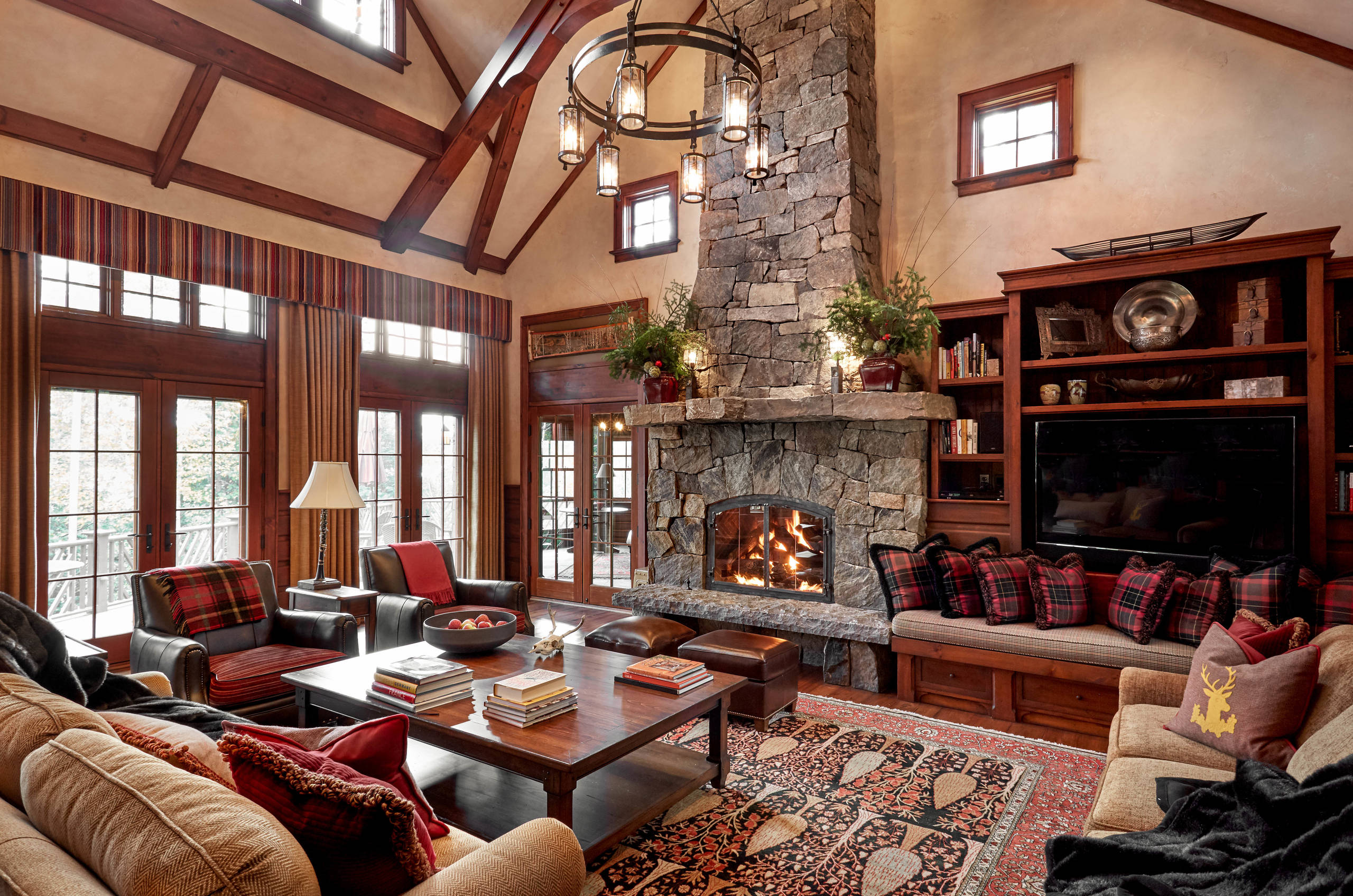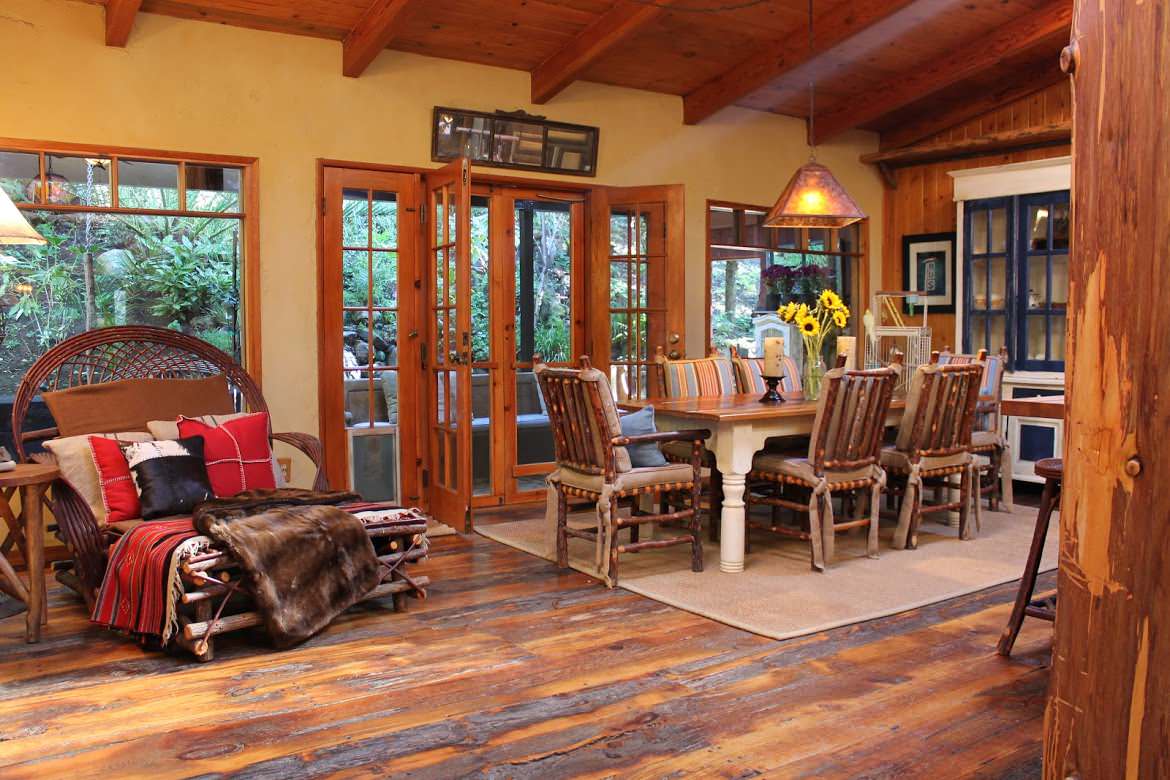The Adirondack decorating style is steeped in history, characterized by a rustic yet inviting aesthetic that draws inspiration from the natural beauty of the Adirondack Mountains in New York. This style blends comfort and functionality with a deep appreciation for the outdoors. Whether you’re looking to recreate a cozy cabin feel or simply want to enhance your home with rustic elegance, this guide will help you navigate the essential elements of Adirondack decorating. Drawing on personal experience and insights, we’ll delve into the unique features, practical tips, and essential pros and cons of this beloved decorating style.
Table of Contents
- 1. History of Adirondack Decorating Style
- 2. Key Features of Adirondack Decorating
- 3. Adirondack Color Palette
- 4. Materials Used in Adirondack Decorating
- 5. Adirondack Furniture Selection
- 6. Accessories That Enhance the Look
- 7. Pros and Cons of Adirondack Style
- 8. How to Create an Adirondack-Inspired Space
- 9. FAQs About Adirondack Decorating Style
1. History of Adirondack Decorating Style
The Adirondack style originated in the late 19th century, primarily as a response to the industrial revolution and urbanization. People sought refuge in the mountains and began creating rustic cottages inspired by their surroundings. The style became popular among vacationers looking for a retreat from city life, leading to the creation of the iconic Adirondack chair, made from wood and designed for relaxation.
Over the years, the Adirondack decorating style has evolved, but its core principles—emphasizing natural materials, comfort, and simplicity—remain intact. My first encounter with this style was during a family trip to the Adirondacks, and I was instantly drawn to the warmth and coziness of the cabins we stayed in. It sparked a passion for creating a similar atmosphere in my own home.
2. Key Features of Adirondack Decorating
Understanding the key features of Adirondack decorating is essential for anyone looking to incorporate this style into their home. Below are the standout elements that define this rustic aesthetic:

Natural Materials
Adirondack style heavily relies on the use of natural materials like wood, stone, and leather. Furniture and decor often feature distressed wood finishes to enhance the rustic appeal.
Comfortable Furniture
Comfort is paramount in Adirondack design. The furniture is designed for relaxation, with oversized sofas and chairs that invite you to kick back and stay awhile. The famous Adirondack chair epitomizes this philosophy.

Outdoor Inspiration
The decor often reflects the beauty of the great outdoors, with nature-themed art, textiles, and colors that mimic the surrounding landscapes.
Warmth and Coziness
Textiles play a crucial role, featuring warm, inviting fabrics like wool, flannel, and heavy cotton. Throw blankets and pillows are commonly used to add layers of comfort.

Functional Decor
Decor in Adirondack style isn’t just for show; it’s functional. Items like storage bins, hooks, and baskets are used to keep spaces organized without sacrificing style.
| Feature | Description |
|---|---|
| Natural Materials | Use of wood, stone, and leather in furniture and decor. |
| Comfortable Furniture | Oversized and inviting seating arrangements. |
| Outdoor Inspiration | Decor elements reflect the beauty of nature. |
| Warmth and Coziness | Layers of textiles to create a welcoming atmosphere. |
| Functional Decor | Practical items integrated into the design. |

3. Adirondack Color Palette
The color palette of Adirondack decorating is inspired by the natural surroundings of the Adirondack Mountains. Earthy tones dominate, providing a calming and inviting atmosphere.
Earthy Hues
Common colors include various shades of brown, green, and deep blues. These colors evoke the feeling of being in nature and help to create a seamless transition between indoor and outdoor spaces.

Accent Colors
While earthy tones are the foundation, accent colors can include muted shades like burgundy, mustard yellow, or burnt orange. These colors can be introduced through decor items, such as cushions or artwork, to add warmth and personality to the space.
Neutral Base
White or cream can be used as a neutral base to balance the darker tones, helping to keep spaces feeling airy and open.

4. Materials Used in Adirondack Decorating
Choosing the right materials is crucial to achieving the authentic Adirondack look. Here are the materials you should consider:
Wood
Wood is the cornerstone of Adirondack design. Reclaimed wood is particularly popular as it adds character and history to any space.
Stone
Stone elements, whether in fireplaces, accent walls, or flooring, bring a natural and rugged feel that enhances the overall aesthetic.
Textiles
Heavy fabrics like wool and flannel are ideal for upholstery and throws, providing both comfort and warmth.
Glass and Metal Accents
While wood and stone dominate, incorporating glass and metal accents can add a modern touch. Think lanterns, metal light fixtures, or glass table tops.
5. Adirondack Furniture Selection
When it comes to furniture, the Adirondack style favors a mix of comfort and durability. Below are some commonly featured furniture pieces:
Adirondack Chairs
The iconic Adirondack chair is a must-have for any home aspiring to embrace this style. Available in various colors and styles, these chairs are perfect for relaxation.
Rocking Chairs
Another staple is the rocking chair, often found on porches, fostering a sense of nostalgia and comfort.
Heavy Dining Tables
Dining tables made from sturdy wood encourage gatherings and shared meals, a significant aspect of the Adirondack lifestyle.
Cozy Sofas
Look for oversized sofas or sectionals wrapped in warm fabrics to create an inviting living space.
| Furniture Type | Description |
|---|---|
| Adirondack Chairs | Comfortable and iconic outdoor seating. |
| Rocking Chairs | Traditional seating that enhances coziness. |
| Heavy Dining Tables | Sturdy tables that encourage family gatherings. |
| Cozy Sofas | Oversized sofas covered in warm fabrics. |
6. Accessories That Enhance the Look
Accessories play a vital role in completing the Adirondack look. Here are some essential accessories to consider:
Nature-Themed Art
Artwork featuring nature scenes, wildlife, or landscapes serves as a perfect reflection of the outdoors.
Textiles and Throws
Layering textiles creates warmth. Consider woolen blankets, plaid patterns, and comfortable cushions.
Lighting Fixtures
Choose rustic light fixtures, such as wrought iron or antler chandeliers, to add character and charm.
Outdoor Elements
Incorporate outdoor elements like plants, rocks, or wooden decor to blur the lines between indoor and outdoor living.
7. Pros and Cons of Adirondack Style
Like any decorating style, Adirondack has its strengths and weaknesses. Here’s a quick overview:
Pros
- Inviting and Warm Atmosphere: The cozy feel encourages relaxation and family gatherings.
- Timeless Design: Rustic designs are enduring and fit well in a variety of home styles.
- Natural Connection: The focus on natural materials and colors brings the outdoors inside.
Cons
- Maintenance: Natural wood can require regular maintenance and care to prevent wear and tear.
- Limited Color Variation: The earth-toned palette may not suit everyone’s taste or home decor style.
- Space Requirements: The bulky furniture may not fit well in smaller spaces.
| Pros | Cons |
|---|---|
| Inviting and Warm Atmosphere | Maintenance Required for Wood |
| Timeless Design | Limited Color Variation |
| Natural Connection to Outdoors | Space Considerations for Bulky Furniture |
8. How to Create an Adirondack-Inspired Space
Creating an Adirondack-inspired space in your home is easier than you might think. Follow these simple steps:
Step 1: Choose Natural Materials
Start by using wood and stone in your space. Opt for a rustic wood dining table or stone accent walls to set the foundation.
Step 2: Incorporate Comfortable Furniture
Invest in oversized sofas and classic Adirondack chairs. Ensure that seating is plush and inviting.
Step 3: Select a Warm Color Palette
Use earthy tones as your base and add pops of color through accessories like cushions and wall art.
Step 4: Add Functional Decor
Choose decorative items that serve a purpose, like storage baskets or wall hooks.
Step 5: Accessorize Thoughtfully
Incorporate textiles, artwork, and lighting that reflect the beauty of nature to enhance the overall feeling of the space.
9. FAQs About Adirondack Decorating Style
What is the Adirondack style known for?
The Adirondack style is known for its rustic, cozy aesthetic that incorporates natural materials, comfortable furniture, and earthy colors, drawing inspiration from the outdoors.
How can I incorporate Adirondack style into my home?
You can incorporate Adirondack style by choosing natural wood and stone materials, investing in comfortable furniture, using earthy tones, and incorporating outdoor-inspired decor.
Is Adirondack style suitable for small spaces?
While Adirondack style typically features oversized furniture, you can adapt it for small spaces by selecting smaller, multi-functional pieces and using lighter colors to create an airy feel.
What types of textiles are best for Adirondack style?
Wool, flannel, and heavy cotton are ideal for Adirondack textiles. Consider using plaid patterns and warm, inviting colors for throws and cushions.
Can Adirondack style work in a modern home?
Yes, Adirondack style can be successfully blended with modern design by incorporating natural elements and rustic furniture while keeping lines clean and minimal for a contemporary touch.
In conclusion, the Adirondack decorating style offers a harmonious blend of comfort, functionality, and natural beauty. By understanding the key features, selecting the right materials, and following a few practical tips, you can create a cozy, inviting space that celebrates the charm of the great outdoors. From personal experience, embracing this style has brought warmth and a sense of peace to my home, and I hope it can do the same for you.